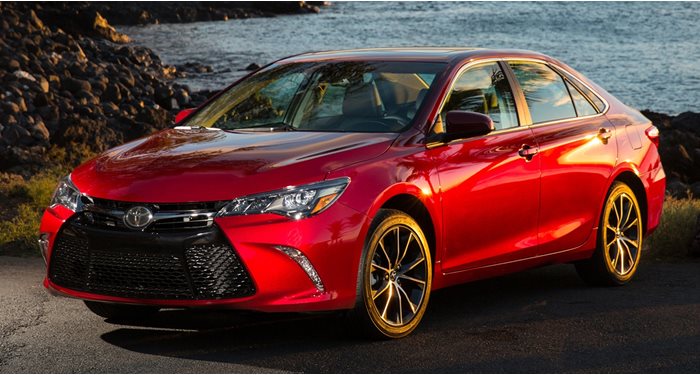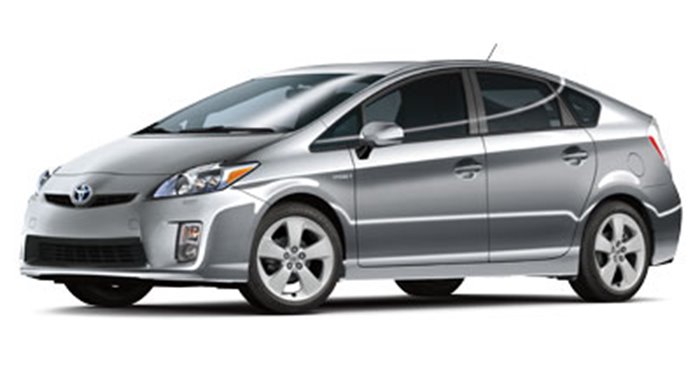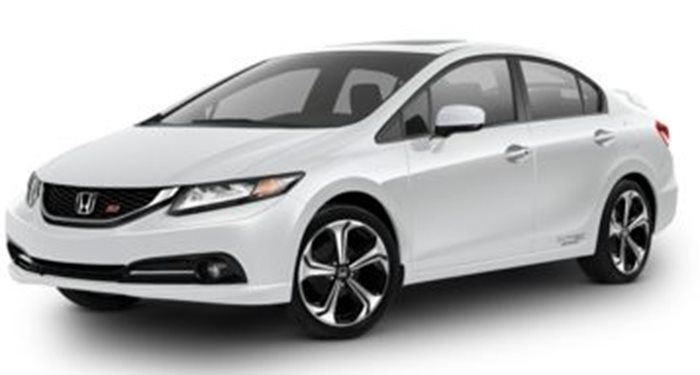The 2ZR-FE was used widely by Toyota in a plethora of products. It consists of an aluminum block and head with 16-valve dual overhead cams, cast-iron cylinder linings, steel connecting rods, and the brand's dual-VVT-i valve timing system. Fuel is delivered via a sequential multipoint injection system. This is widely considered by experts to be one of the most dependable engines ever to be designed, but flaws you can expect in extreme cases include gradually increasing oil consumption, and a failing coolant pump.
Increasing oil consumption is something that all engines struggle with as they age. With the 2ZR, this is due to worn piston rings that eventually lead to oil leaking onto the combustion chamber. It is not a severe issue with this engine but one that you should be aware of. Once this starts to occur, you'll start to see a blue shade of smoke from the exhaust pipe as well as the smell of burning oil and a low oil light warning symbol. This is a fairly rare fault for the 2ZR, but Toyota acknowledged it by introducing a firmware update for the ECU, which should be present on all 10th-generation Corolla models. If this is not the case you should visit your dealership and have the software installed. If it is too late, you will have to have the piston rings replaced, which can be a fairly costly job.
While the 2ZR is a dependable engine, the 10th-gen Toyota Corolla can develop a water-pump problem. This includes premature leaking and eventually, failure in extreme cases. If this is the case, you will notice visible coolant leaks, boiling coolant, overheating, and an illuminated Check Engine light. You'll have to have the pump replaced as soon as possible as overheating can cause serious damage to the engine. Older models with the Aisin water pump may experience this issue as the revised pump introduced with the facelift is a lot more robust.
Although rare, the 2ZR's front timing cover and oil-pressure switch can also start to leak due to wear and age. This is a fairly labor-intensive procedure to fix, but it can be done without removing the engine. Another part that can start to give problems in the 2ZR is the ignition coil, which prematurely wears out and leads to low rpm, misfire, or idle problems on the Toyota Corolla. Once this occurs, it is recommended that all four coils be replaced. This faulty part will bring up the P0351, P0352, or P0354 codes. Misfiring will trigger the P0300, P0301, P0303, or P0304 codes. The last number of these codes indicates which cylinder is misfiring.
While the 2ZR-FE does use a timing chain, experts have noted that it will start to elongate after 100,000 miles at which point it will need to be replaced. You'll know this is occurring when you start to hear a rattling noise from the engine bay upon startup.
Mileage: There is no specific mileage attached to the 2ZR-FE's increase in oil consumption, mainly because it is a fairly rare problem. Coolant-pump failures are recorded to occur as soon as 30,000 miles. The timing chain may need to be replaced every 100,000 miles. A leaking front timing cover and oil-pressure switch can occur at 60,000 miles, but it is rarer than the other issues. Ignition coils can start to wear out after 80,000 miles.
Cost: If it is too late to get the firmware update for the ECU, it may cost $2,000 to have the rings replaced, including parts and labor. A new coolant pump may cost $700 for parts and labor. Having the timing cover gasket replaced should cost $570 for parts and labor. The oil-pressure switch should only cost $170. One ignition coil costs $122. This is a fairly quick job that should amount to no more than $800 with labor if you have all four replaced.
How to spot: Worn piston rings will result in a blue shade of smoke from the exhaust pipe as well as the smell of burning oil and a low-oil light warning. Symptoms of a bad cooling pump include visible coolant leaks, boiling coolant, overheating, and an illuminated Check Engine light. A worn timing chain will make a rattling noise upon startup. A worn timing-chain cover and the oil-pressure switch will result in leaks around the engine bay. A duff ignition coil will cause misfiring and idling problems.















 Acura
Acura
 Alfa Romeo
Alfa Romeo
 Aston Martin
Aston Martin
 Audi
Audi
 Automobili Pininfarina
Automobili Pininfarina
 Bentley
Bentley
 BMW
BMW
 Bollinger
Bollinger
 BrightDrop
BrightDrop
 Bugatti
Bugatti
 Buick
Buick
 Cadillac
Cadillac
 Caterham
Caterham
 Chevrolet
Chevrolet
 Chrysler
Chrysler
 Dodge
Dodge
 Ferrari
Ferrari
 Fiat
Fiat
 Fisker
Fisker
 Ford
Ford
 Genesis
Genesis
 GMC
GMC
 Gordon Murray Automotive
Gordon Murray Automotive
 Hennessey
Hennessey
 Honda
Honda
 Hyundai
Hyundai
 Ineos Automotive
Ineos Automotive
 Infiniti
Infiniti
 Jaguar
Jaguar
 Jeep
Jeep
 Karma
Karma
 Kia
Kia
 Koenigsegg
Koenigsegg
 Lamborghini
Lamborghini
 Land Rover
Land Rover
 Lexus
Lexus
 Lincoln
Lincoln
 Lordstown
Lordstown
 Lotus
Lotus
 Lucid Motors
Lucid Motors
 Maserati
Maserati
 Mazda
Mazda
 McLaren
McLaren
 Mercedes-Benz
Mercedes-Benz
 Mini
Mini
 Mitsubishi
Mitsubishi
 Nissan
Nissan
 Pagani
Pagani
 Polestar
Polestar
 Porsche
Porsche
 Ram
Ram
 Rimac
Rimac
 Rivian
Rivian
 Rolls-Royce
Rolls-Royce
 Spyker
Spyker
 Subaru
Subaru
 Tesla
Tesla
 Toyota
Toyota
 VinFast
VinFast
 Volkswagen
Volkswagen
 Volvo
Volvo